
The Warsaw Ghetto was the largest ghetto established by the Nazis in Poland. Hundreds of thousands of Jews found themselves confined in overcrowded and unsanitary conditions.
The uprising began on April 19, 1943, when the Nazis attempted to liquidate the ghetto by deporting its remaining inhabitants to concentration camps. Instead of passively submitting to their fate, the Jewish inhabitants organized themselves into various resistance groups, primarily the Jewish Combat Organization (ZOB) and the Jewish Military Union (ZZW).
Despite being vastly outnumbered and outgunned, the insurgents fought fiercely against the well-equipped German forces for almost a month. They utilized homemade weapons, including Molotov cocktails and a small number of firearms smuggled into the ghetto. The ghetto fighters inflicted significant casualties on the Germans and managed briefly to halt the deportation operations.
However, on May 16, 1943, the Nazis succeeded in suppressing the uprising. They systematically destroyed the ghetto and deported its remaining inhabitants to concentration camps, primarily Treblinka. Most of the ghetto’s population perished in the uprise or met their fate in its aftermath.

The Warsaw Ghetto Uprising should not be confused with the Warsaw Uprising, which was an operation by the Polish underground resistance to liberate Warsaw from German occupation in August 1944.
The ghetto, established in October 1940, was initially confined (approximately) 400,000 Jews in a small area of the city. Conditions in the ghetto were appalling, with severe overcrowding, inadequate food, sanitation, and medical care. Disease and starvation were rampant, leading to the deaths of tens of thousands of residents.
The ghetto was surrounded by walls and heavily guarded by German forces to prevent the inhabitants from escaping. Movement—in and out of the ghetto—was strictly controlled, and Jews were subjected to forced labor and arbitrary violence by the Nazi authorities.
In 1942, the Germans began mass deportations from the Warsaw Ghetto to extermination camps, primarily to Treblinka. These deportations, coupled with the harsh living conditions, led to a significant decrease in the ghetto’s population.
On January 9, 1943, Heinrich Himmler visited the Warsaw ghetto. He ordered the deportation of another 8,000 Jews. The January deportations caught the Jews by surprise, and ghetto residents thought that the end had come. The underground leadership, believing it to be the onset of the final deportation, ordered its forces to respond with arms. Upon discovering the Resistance, the Germans decided to halt the Aktion. This incident marked a turning point for most of the ghetto population, which from then on prepared for mass resistance and for hiding in underground bunkers in the cellars of homes.
The uprising started on April 19th, when the ghetto refused to surrender to the police commander SS-Brigadeführer Jürgen Stroop, who ordered the destruction of the ghetto, block by block, ending on May 16th. A total of 13,000 Jews were killed, about half of them burnt alive or suffocated. Stroop reported 110 German casualties, including 17 killed.

Jürgen Stroop issued a report, The Stroop Report, also known as the “Stroop Report on the Warsaw Ghetto Uprising,”
The report, compiled from Stroop’s daily situation reports, provides a chilling account of the brutality with which the Nazis suppressed the uprising. It includes descriptions of street battles, the destruction of buildings, the capture and deportation of Jews, and the use of heavy weaponry against the ghetto fighters.
The Stroop Report is significant as it provides firsthand insight into the tactics and mindset of the Nazi regime during the Holocaust. It serves as a historical document attesting to the atrocities committed against the Jewish population of Warsaw and stands as a grim testament to the horrors of the Holocaust.
The Stroop Report was presented as evidence for the Nuremberg Trials, where Stroop was on trial for his role in the atrocities committed during the Warsaw Ghetto Uprising. Today, the Stroop Report is preserved as an historical record studied by historians and scholars—to better understand the events of the Holocaust and the actions of the Nazi regime.
It is probably one of the more disturbing pictures, not because of its graphics, but because it clearly shows the Nazis enjoying themselves while tormenting the Jews from the ghetto. An interesting point here is that not all of the Nazis are wearing the SS insignia indicating that they were regular Wehrmacht soldiers.

Sources
https://www.yadvashem.org/exhibitions/photographs-warsaw-ghetto/stroop-collection.html
https://www.yadvashem.org/holocaust/about/combat-resistance/warsaw-ghetto.html
https://www.nationalww2museum.org/war/articles/warsaw-ghetto-uprising
https://encyclopedia.ushmm.org/content/en/article/warsaw-ghetto-uprising
https://www.britannica.com/event/Warsaw-Ghetto-Uprising

Donation
I am passionate about my site and I know you all like reading my blogs. I have been doing this at no cost and will continue to do so. All I ask is for a voluntary donation of $2, however if you are not in a position to do so I can fully understand, maybe next time then. Thank you. To donate click on the credit/debit card icon of the card you will use. If you want to donate more then $2 just add a higher number in the box left from the PayPal link. Many thanks.
$2.00

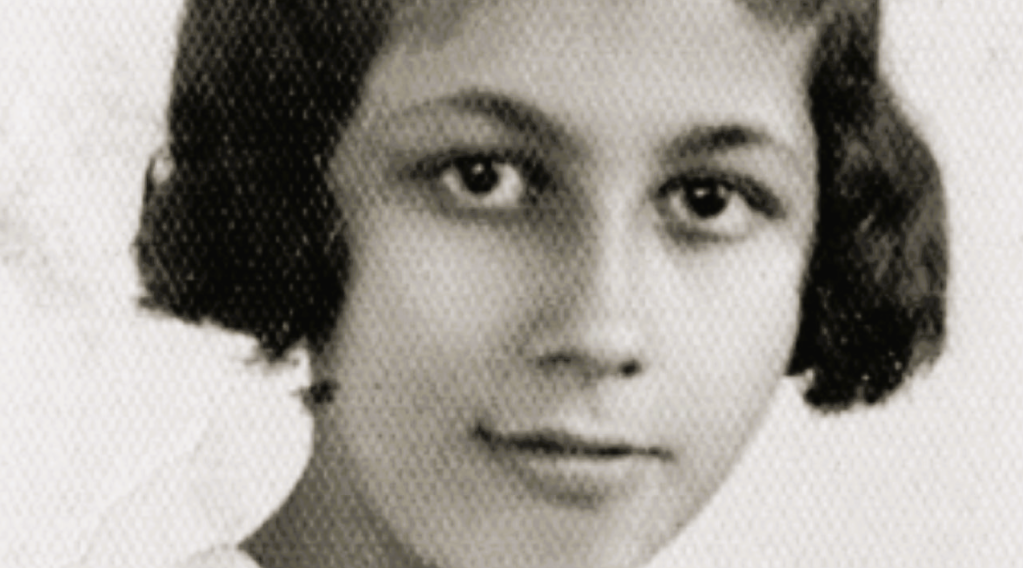
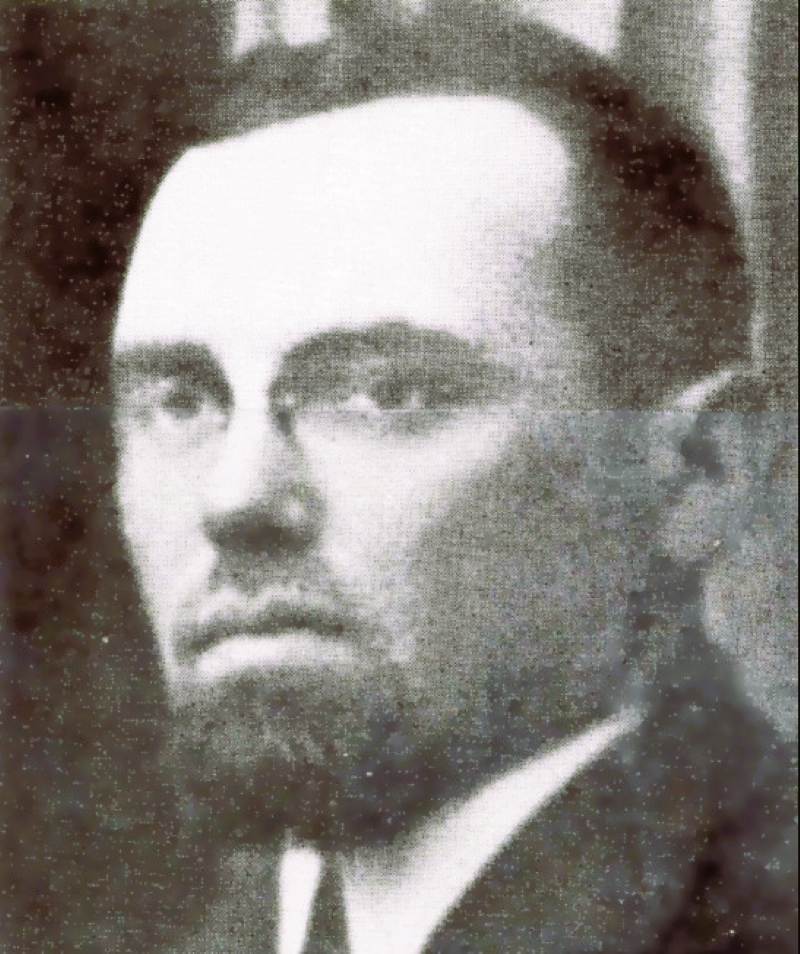
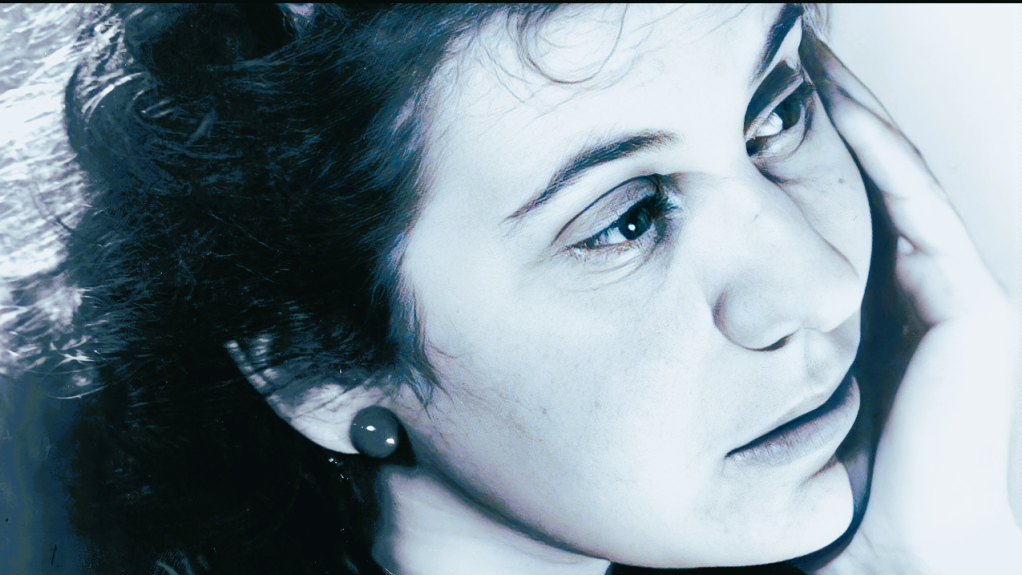




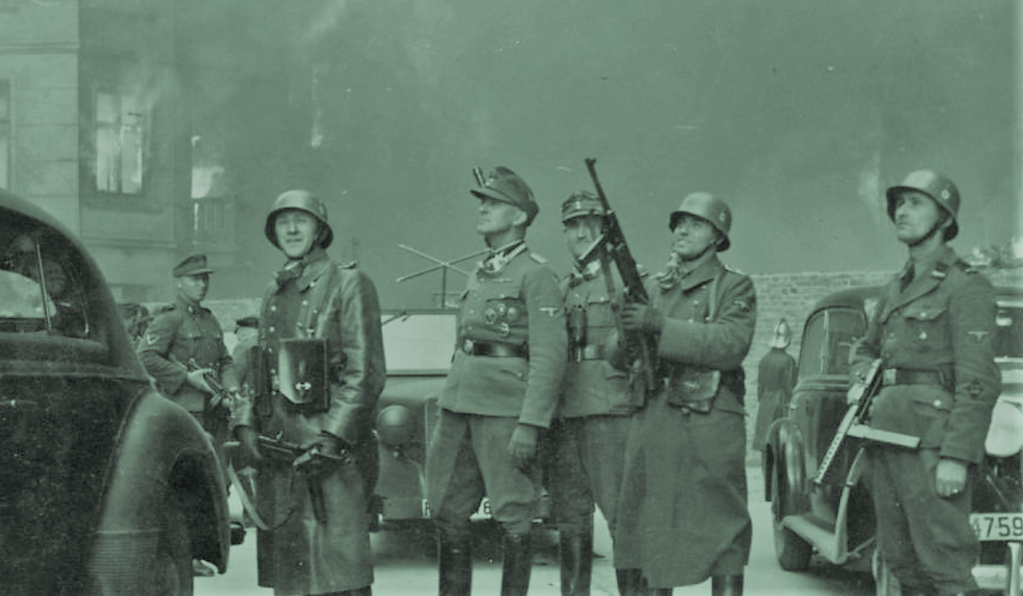











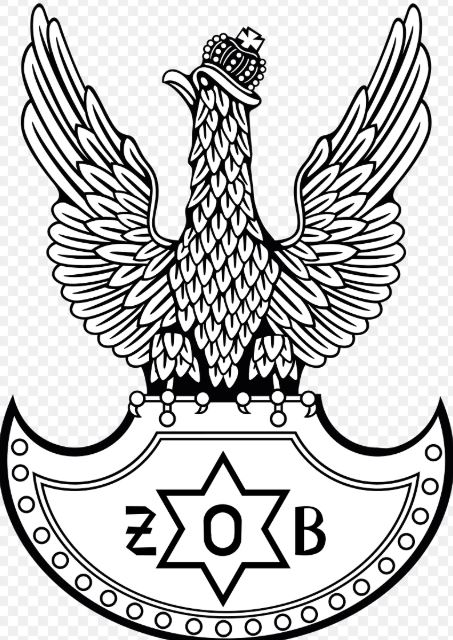

You must be logged in to post a comment.